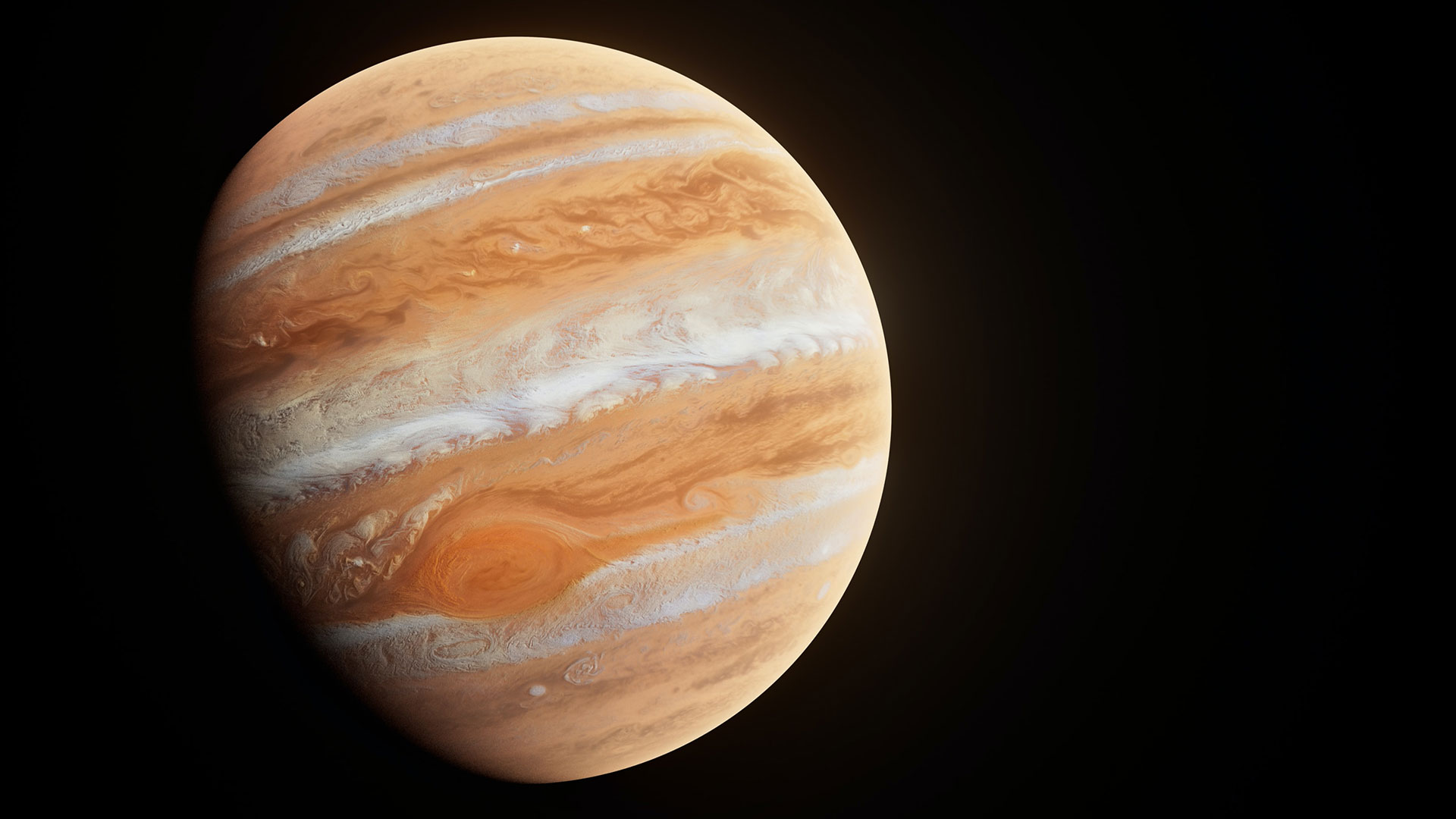

You can name every planet in the solar system, but have you ever seen them up close with your own eyes? From tiny Mercury to distant Neptune, all eight planets can be glimpsed in a telescope if you know where and when to look, though the what telescope you buy will make a huge difference to the views you get. Here's everything you need to know about choosing the best telescope to see planets.
If you're new to stargazing, our guides to the best telescopes for beginners, how to choose your first telescope, and how to set up a telescope, will help you get started.
What size telescope do you need to see planets?
According to Celestron, Maksutov-Cassegrain and Schmidt-Cassegrain telescopes make good planet-spotters. You can see most of the planets – and certainly Mars, Jupiter and Saturn – through almost any small telescope such as a 50mm/2-inch refractor and a 25mm eyepiece. However, you'll get the best views of planets (as well as the Moon) if you use a telescope with a bigger aperture, long focal length and a 'slow' focal ratio.
The aperture is the size of the mirror or lens, with telescopes about 102mm/4-inch or 125mm/5-inch in size perfect for Venus, Mars, Jupiter and Saturn (as well as for the Moon). For Neptune and Uranus you'll need an 8-inch telescope.
What focal length do you need to see planets?
Don't forget about focal length. The distance from the objective lens to the focal point, a long focal length will give you more resolution, more magnification and a smaller field of view. That's really important because a magnification of 125x and up is required to see detail on planets. Lastly comes focal ratio, which is the focal length divided by the aperture in mm. The higher the number, the better.
What magnification do you need to see planets?
The magnification you can achieve – say, 100x or 200x – depends on the focal length of your telescope and the power of your eyepiece. Most beginners' telescopes come with two eyepieces, typically 25mm and 10mm. The magnifying power is calculated by dividing the focal length by the eyepiece, so a 76 mm/3-inch telescope with a focal length of 700mm and a 10mm eyepiece will offer a magnification of only 70x (and a focal ratio f/9.2). Choose a 130mm/5-inch telescope with a focal length of 1,250mm (and a focal ratio of f/9.6) and that same 10mm eyepiece will magnify a planet 125x. If you want to specialise only in planets then aim for 200x.
When is the best time to see planets?
The best time to see the outer planets is when they're at their brightest. That's always going to be a month or two either side of their date of opposition, the moment each year or so (depending on how quickly it orbits) when Earth gets between a planet and the Sun. During this time a planet is at its apparent largest, it's fully illuminated by the Sun (so is at its brightest) and it's in the night sky all night (rising in the east at dusk and setting in the west at dawn). At time of writing, these are the best upcoming dates to check out the planets:
Sign up to the T3 newsletter for smarter living straight to your inbox
Get all the latest news, reviews, deals and buying guides on gorgeous tech, home and active products from the T3 experts
- Mars: 8 December 2022, 16 January 2025
- Jupiter: 26 September 2022, 3 November 2023, 7 December 2024
- Saturn: 14 August 2022, 27 August 2023 and 7 September 2024
- Uranus: 9 November 2022, 13 November 2023, 17 November 2024
- Neptune: 16 September 2022, 19 September 2023, 21 September 2024
As inner planets between Earth and the Sun, Mercury and Venus are usually close to the Sun and typically visible in the east just before sunrise or in the west just after sunset. Outside of those dates, here are some more things to aim your telescope at.
Jamie is a freelance journalist, copywriter and author with 20 years' experience. He's written journalism for over 50 publications and websites and, when he's not writing, spending most of his time travelling – putting the latest travel tech through its paces.
-
 5 reasons you should be excited about the brand new Samsung Bespoke AI Jet Ultra
5 reasons you should be excited about the brand new Samsung Bespoke AI Jet UltraNot sure if it’s obvious... but I can't wait to try it
By Lizzie Wilmot Published
-
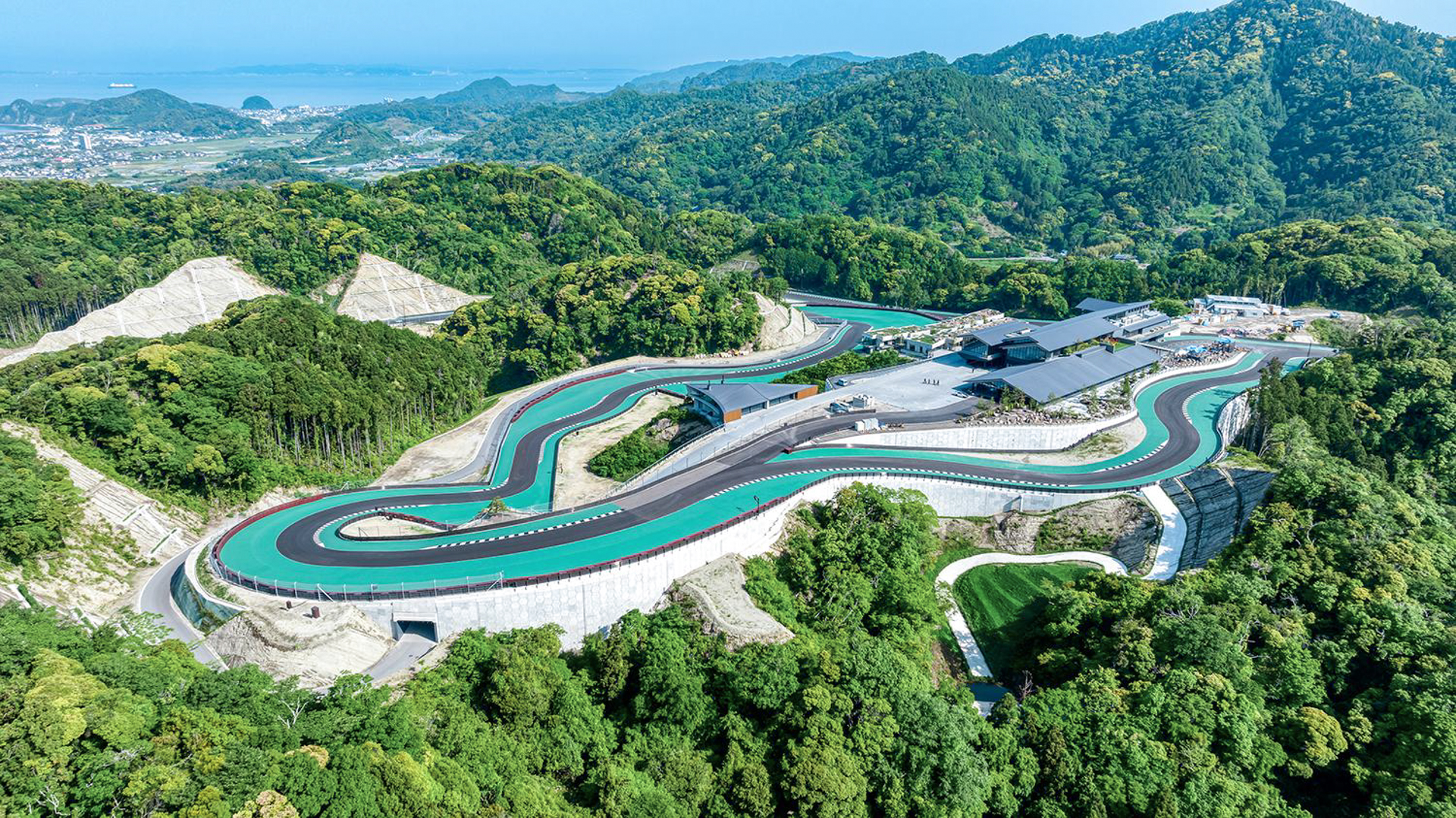 These luxury private members’ clubs have their own race tracks
These luxury private members’ clubs have their own race tracksFrom the UK to the US and Japan, these are the world’s most exclusive race track members’ clubs
By Alistair Charlton Published
-
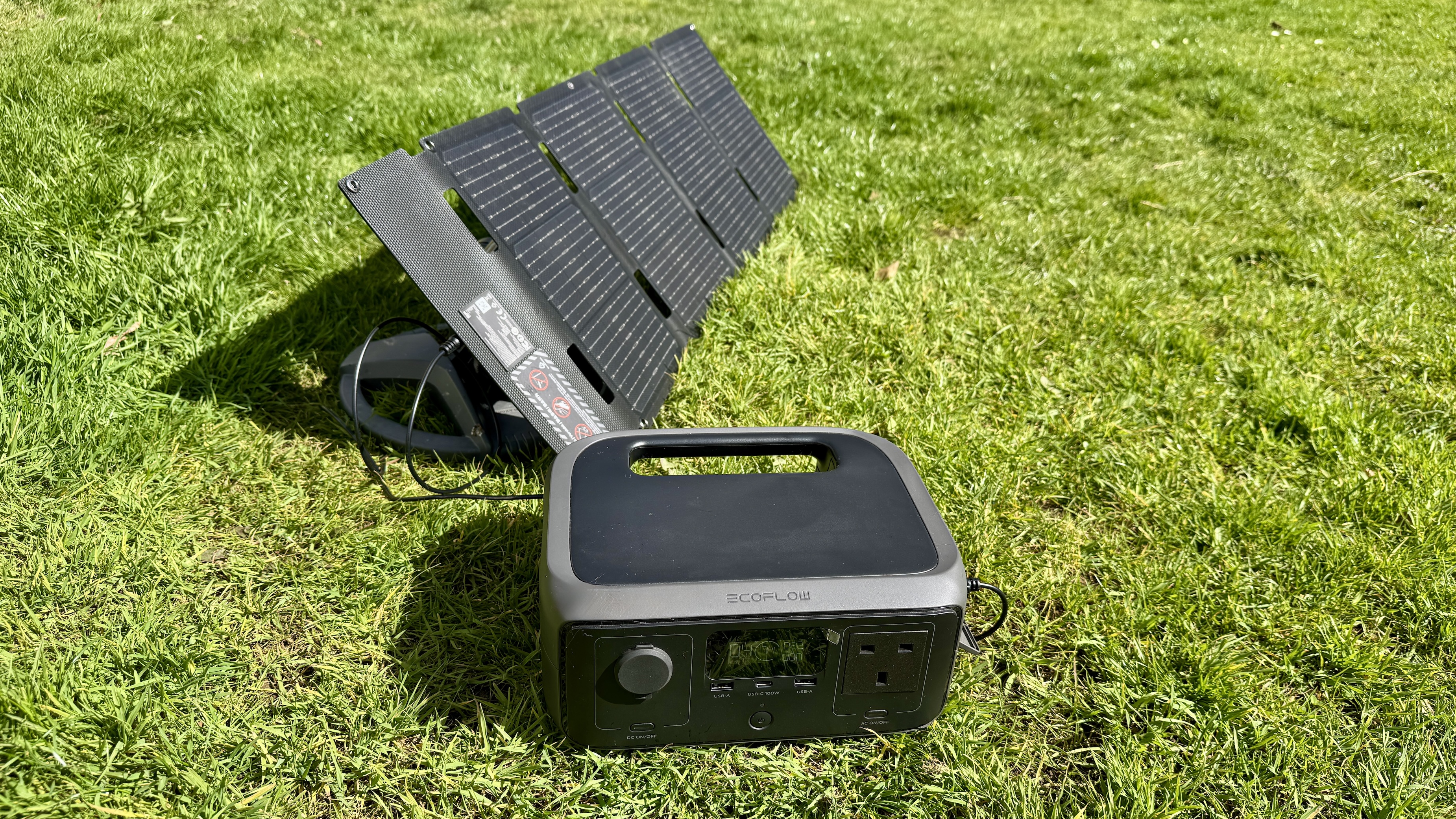 EcoFlow River 3 UPS review: Downsizing power without compromise
EcoFlow River 3 UPS review: Downsizing power without compromiseKeep the juice flowing with EcoFlow’s latest travel buddy
By Derek Adams Published
-
 The AeroPress Go Plus is the gadget I need for my next outdoor adventure
The AeroPress Go Plus is the gadget I need for my next outdoor adventureWhether you’re off camping or heading on a hike, the new AeroPress Go Plus lets you enjoy great coffee on the go
By Bryony Firth-Bernard Published
-
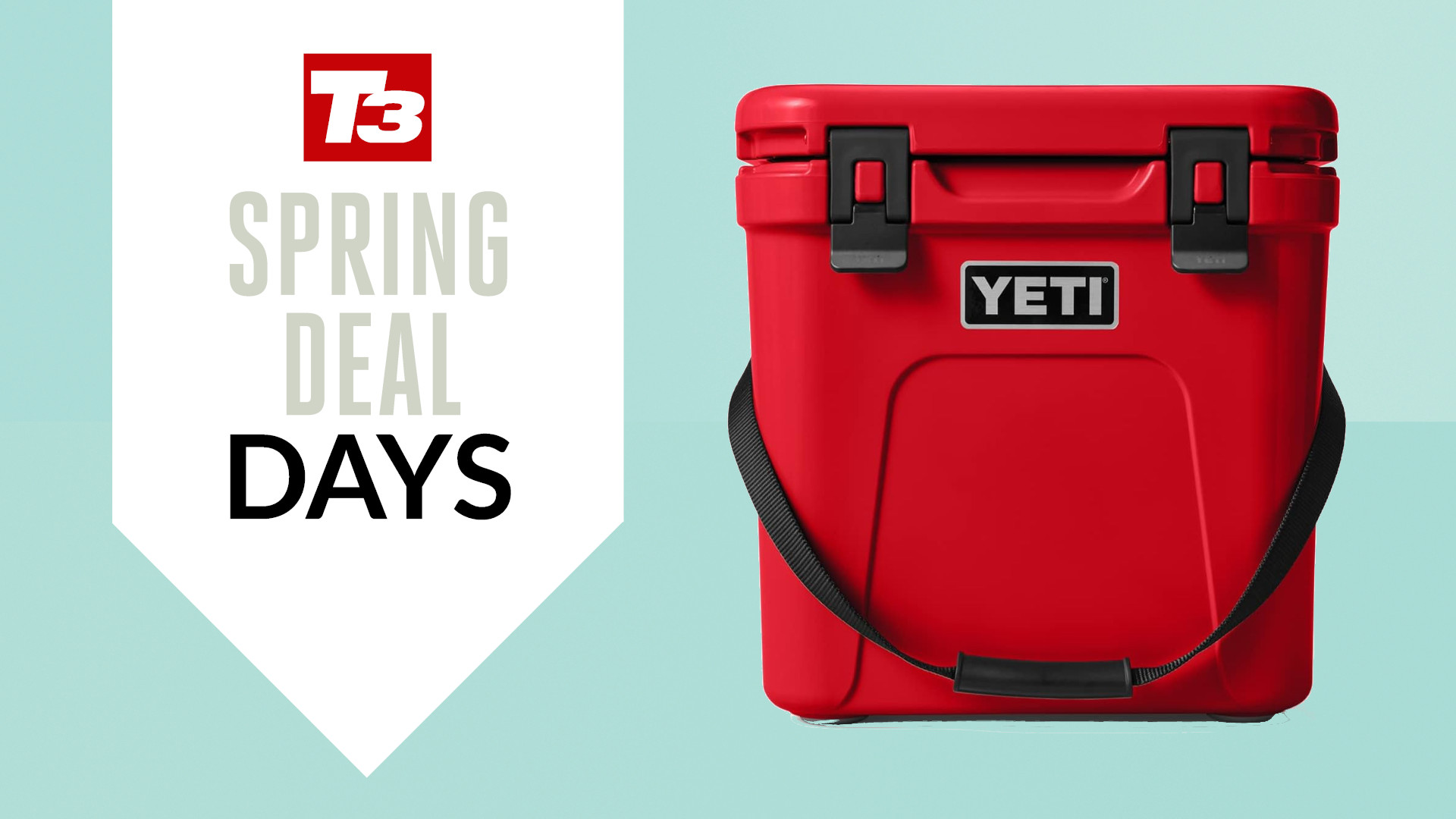 YETI has discounted a ton of its best-selling coolers and tumblers in Amazon’s Big Spring Sale
YETI has discounted a ton of its best-selling coolers and tumblers in Amazon’s Big Spring SaleJust in time for the warmer months
By Bryony Firth-Bernard Published
-
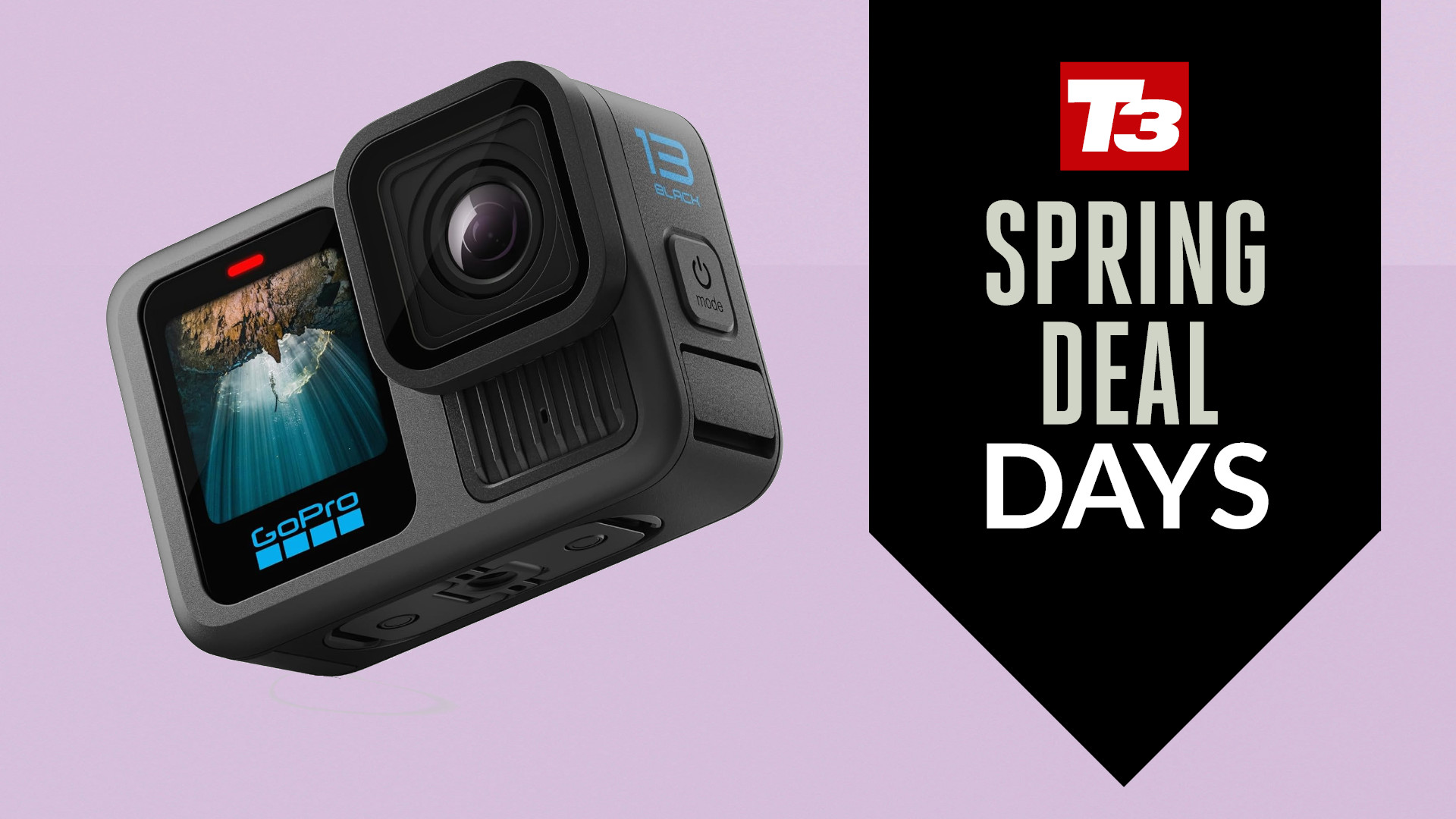 GoPro's latest flagship action cam just got a major price cut in Amazon's spring sale deal
GoPro's latest flagship action cam just got a major price cut in Amazon's spring sale dealYou can pick up the Hero 13 Black with almost 20% off
By Lee Bell Published
-
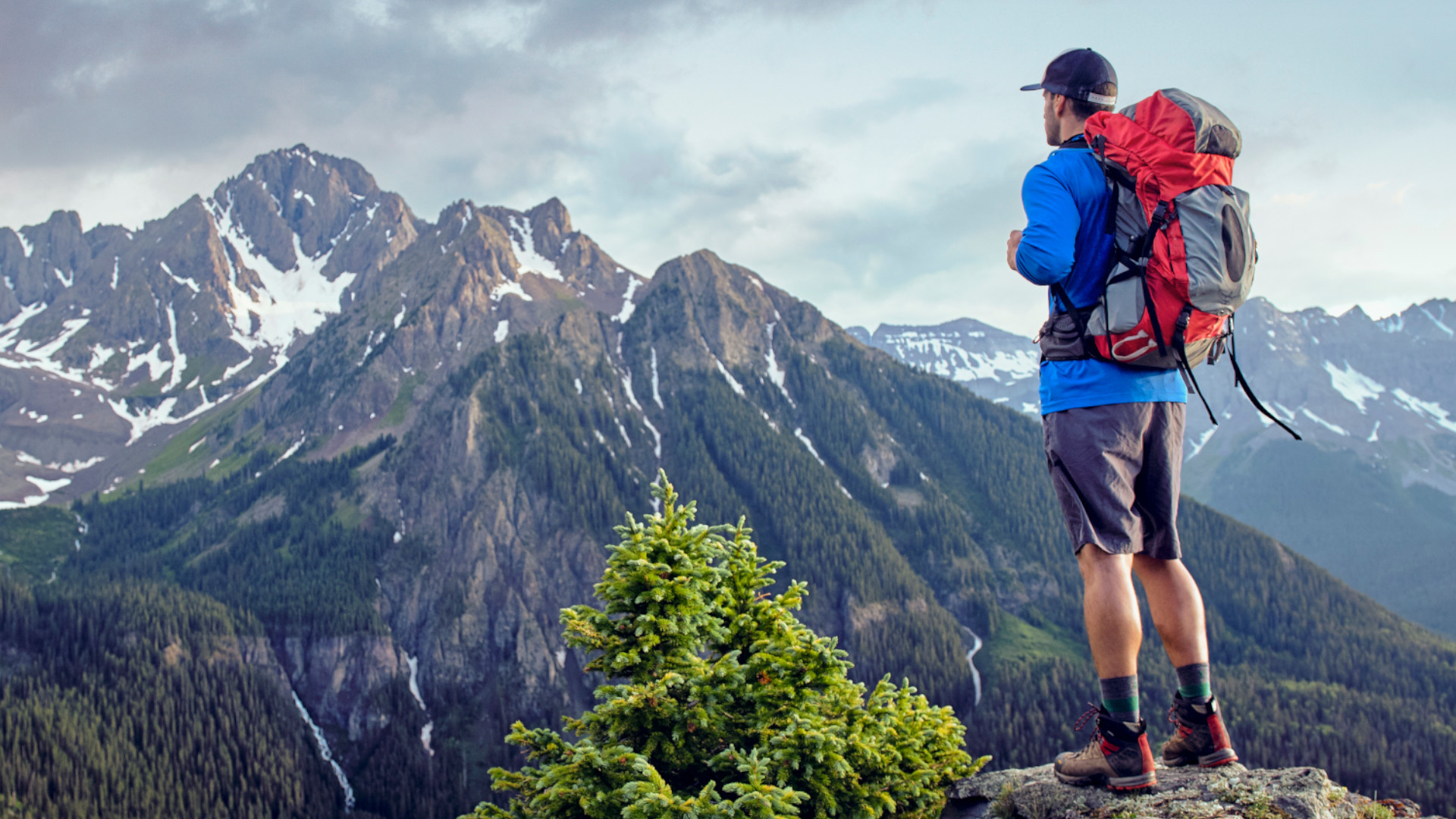 How to pack your rucksack for a hiking or camping trip
How to pack your rucksack for a hiking or camping tripPack properly, save space and get easier access to the items you need the most
By Bryony Firth-Bernard Published
-
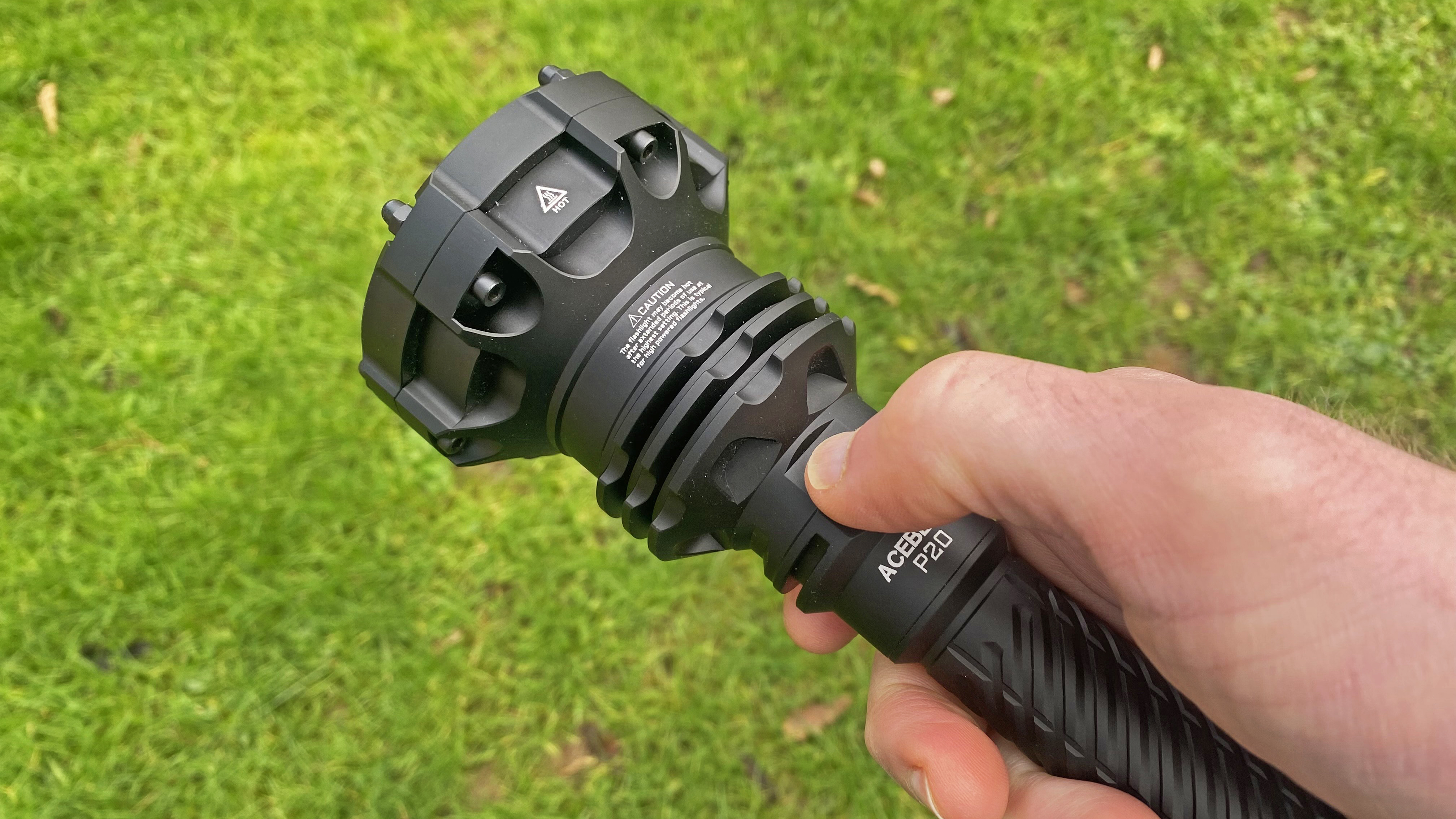 AceBeam P20 review: A skinny flashlight that packs a mighty punch
AceBeam P20 review: A skinny flashlight that packs a mighty punchFeel the force and slice the night with this light sabre, which has a range of over a kilometre
By Pat Kinsella Published
-
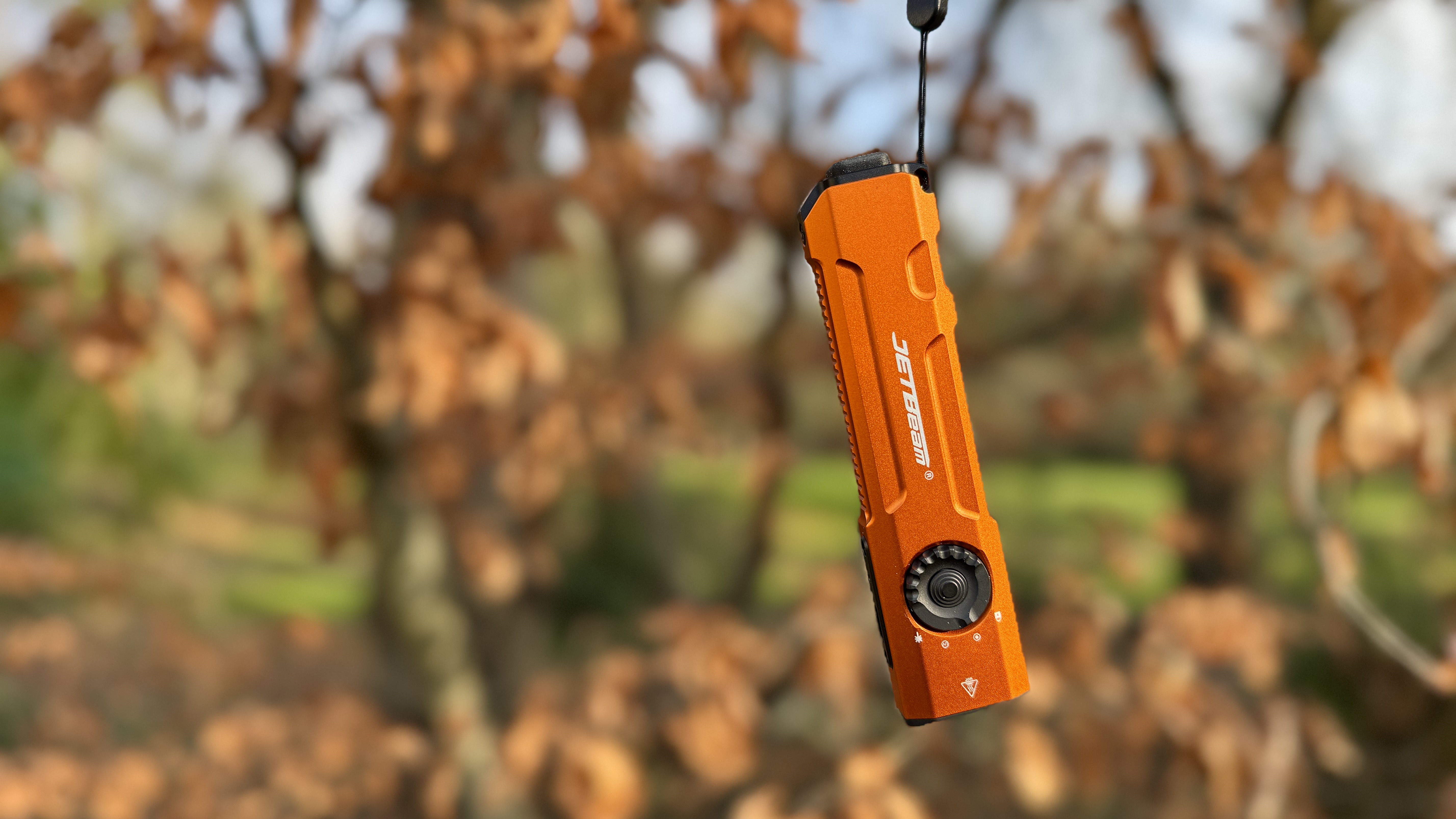 Jetbeam E26-UV Kunai pocket torch review: Let there be light. Loads of it
Jetbeam E26-UV Kunai pocket torch review: Let there be light. Loads of itBright, durable UV-enabled pocket torch for everyday excellence
By Derek Adams Published
-
 Bluetti AC50B review: a compact powerhouse for outdoor adventures and home emergency backup
Bluetti AC50B review: a compact powerhouse for outdoor adventures and home emergency backupKeenly-priced portable power for light day-to-day use
By Derek Adams Published